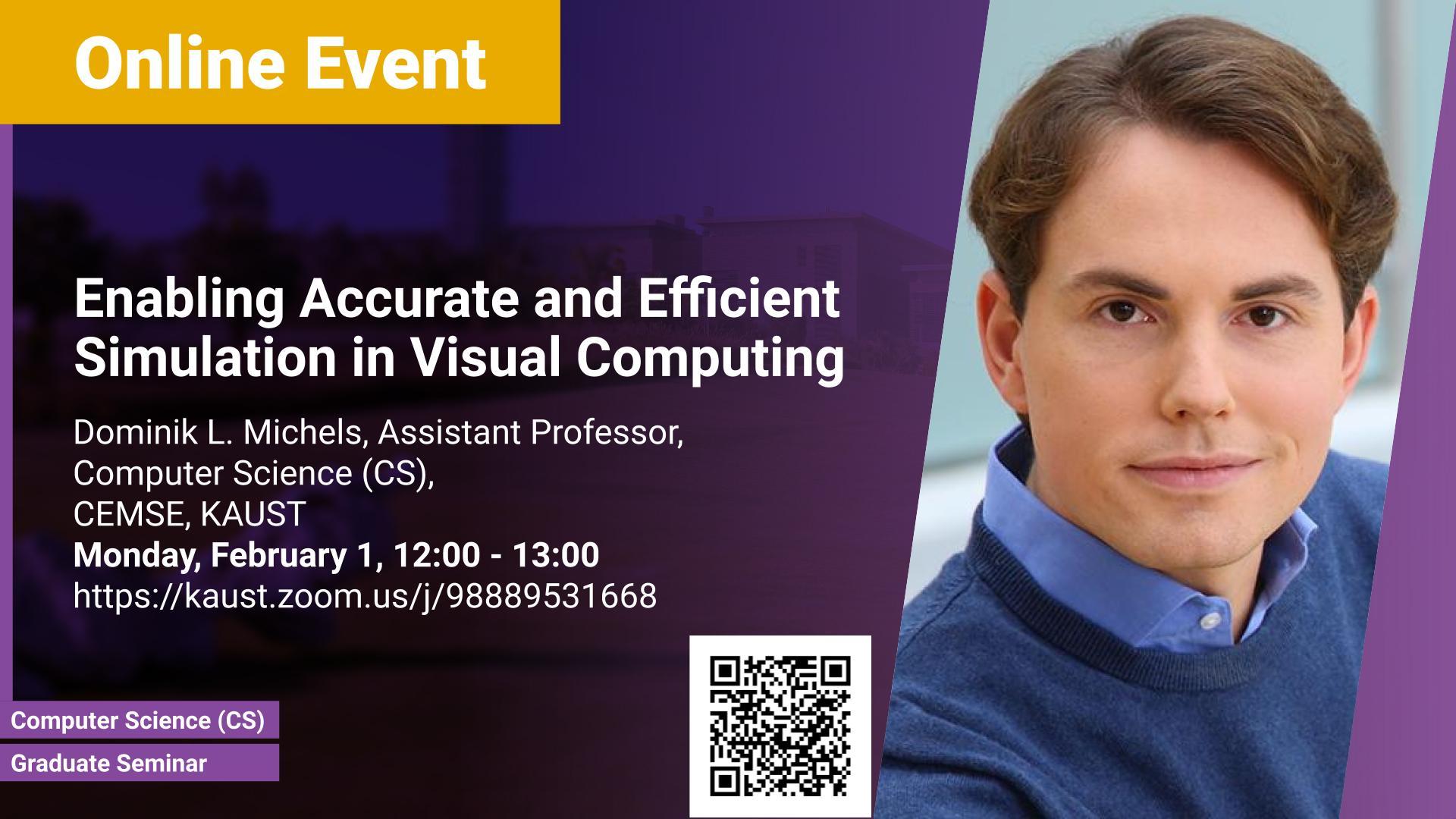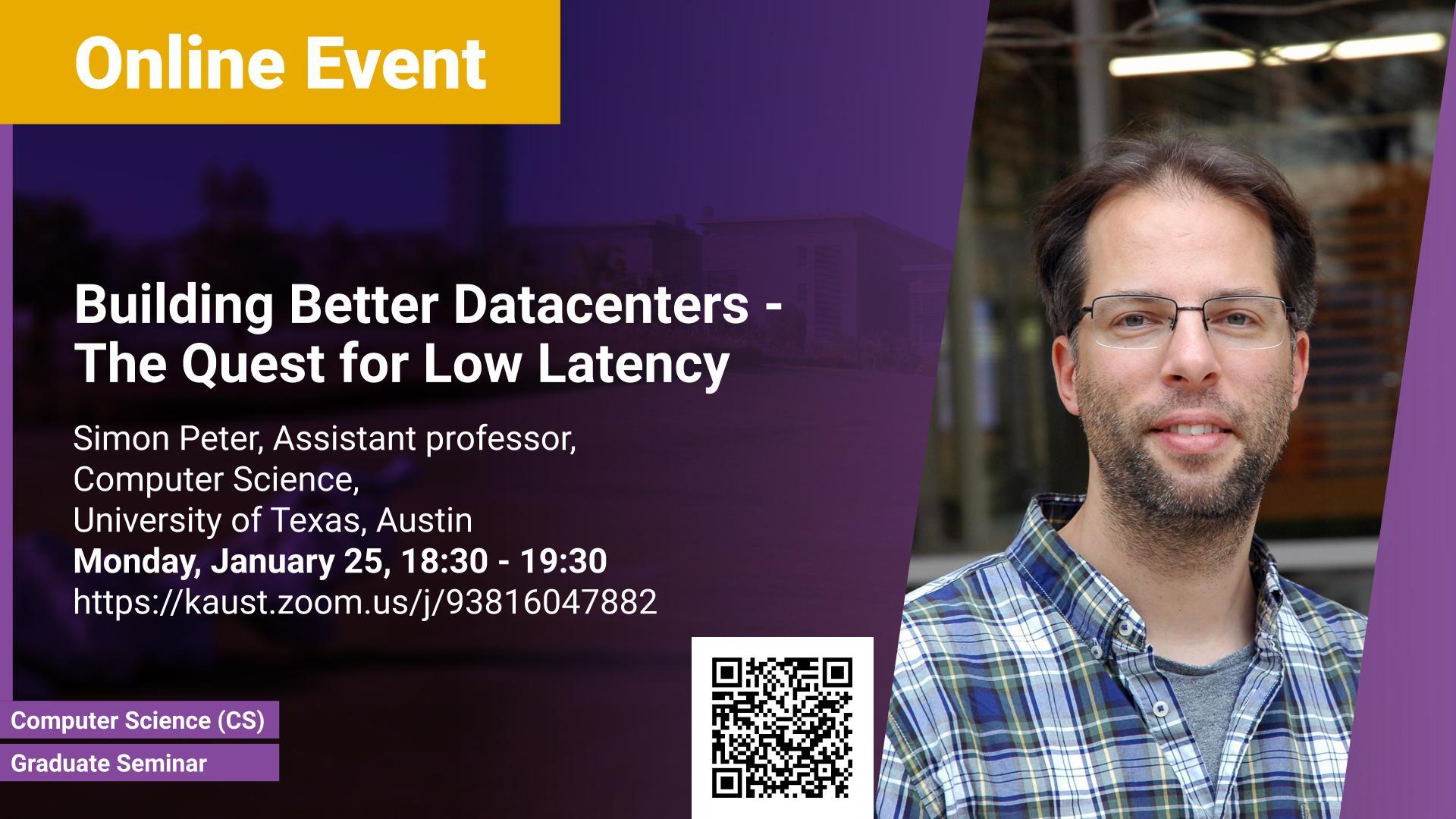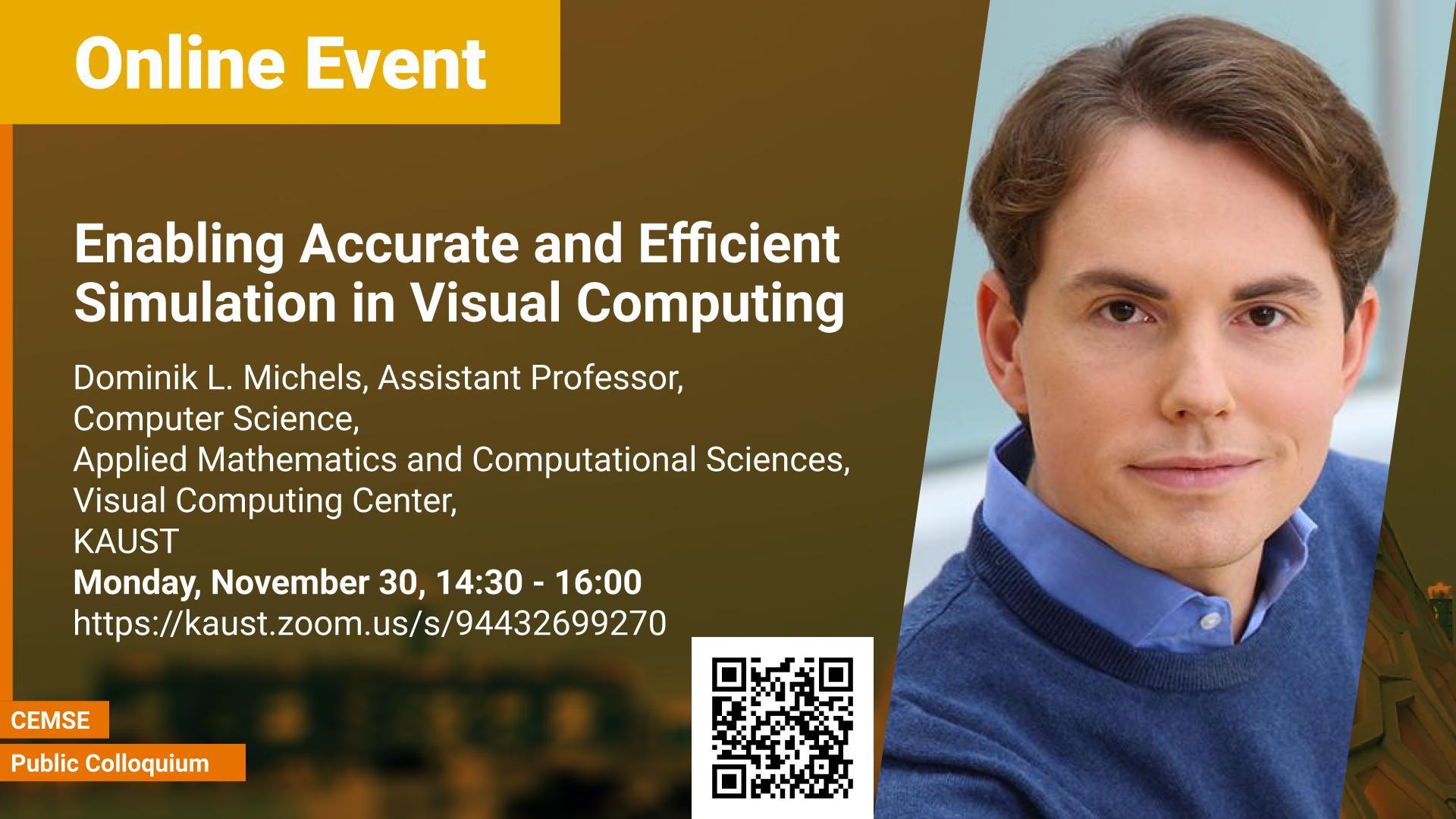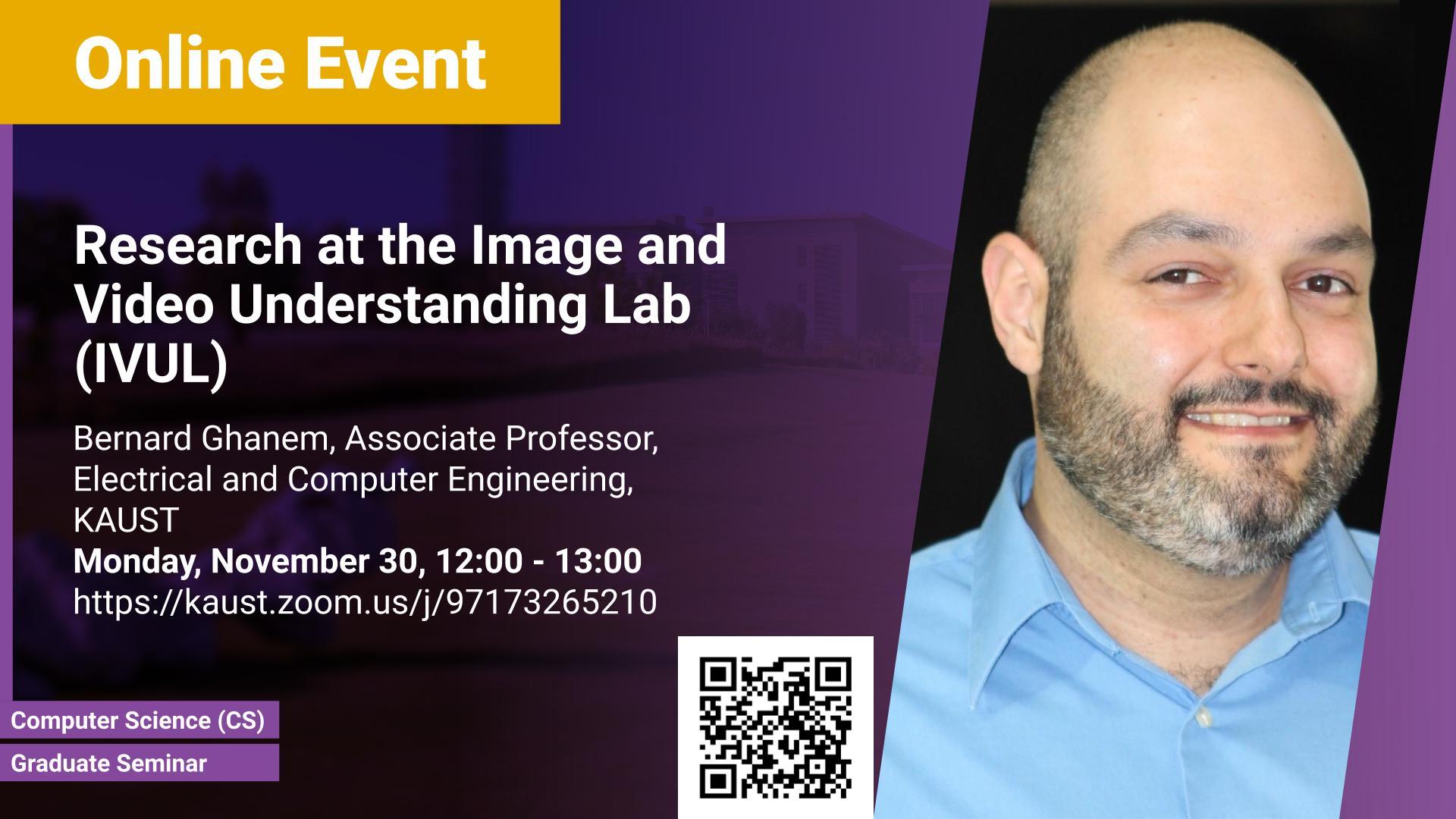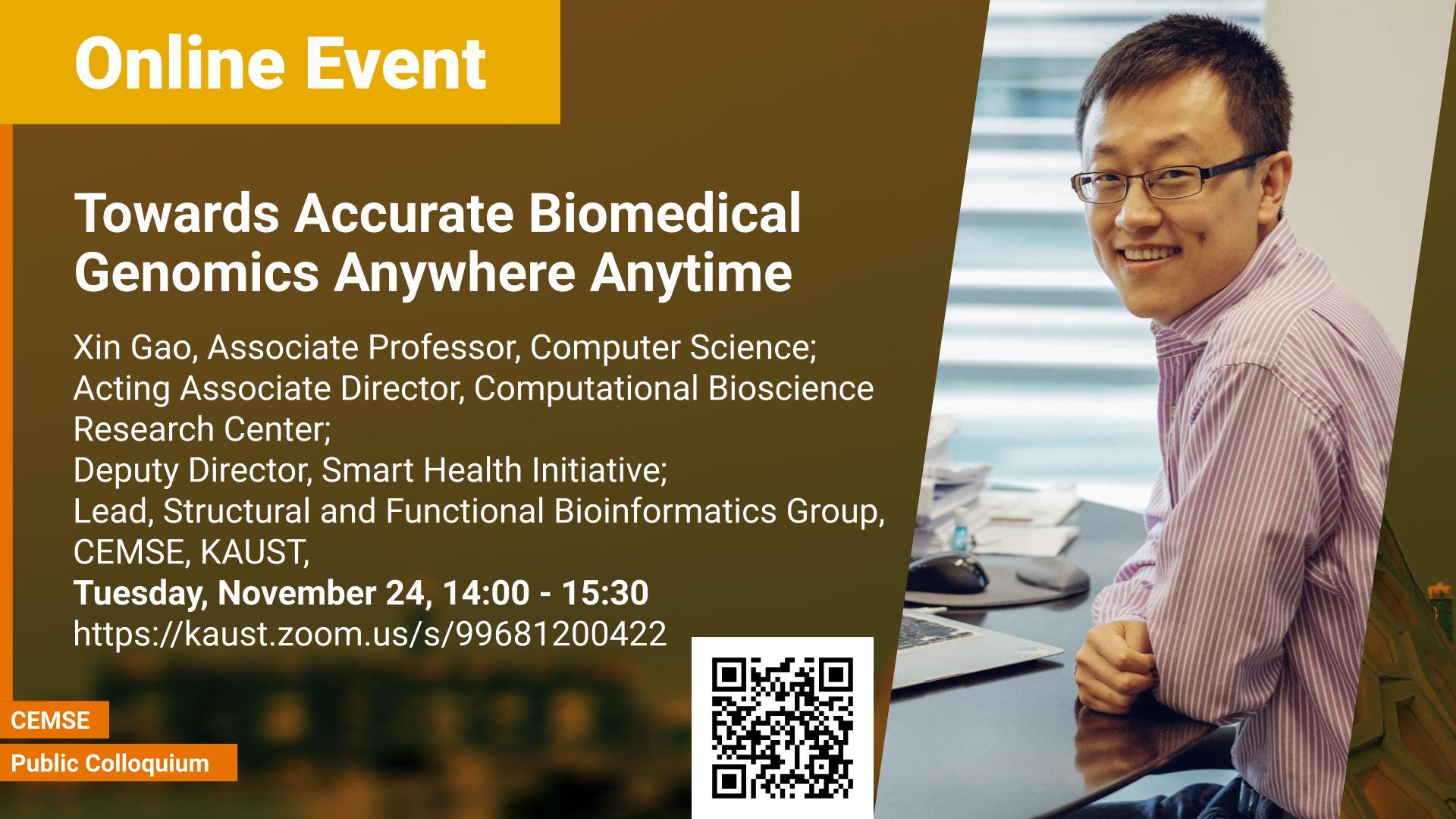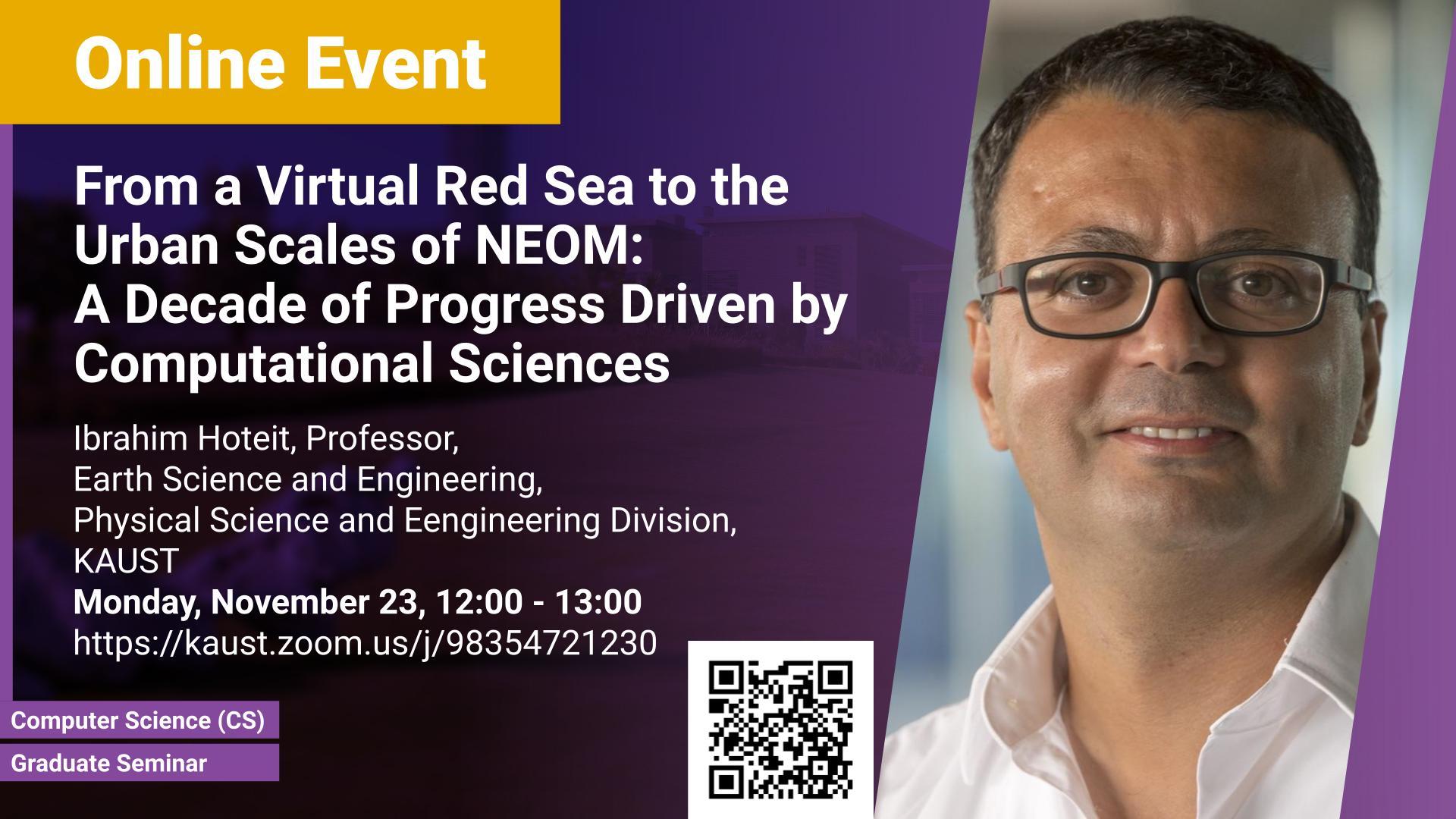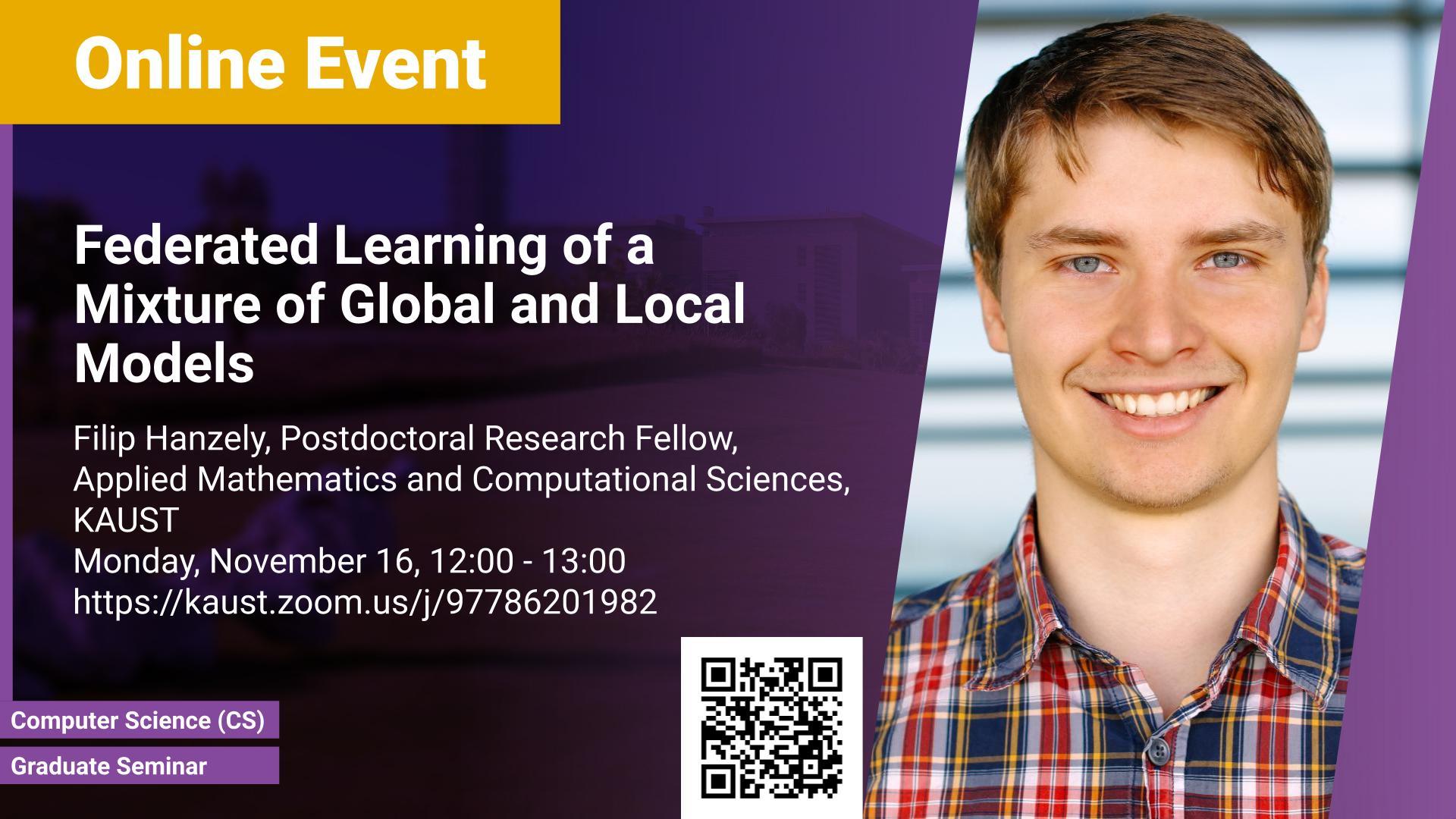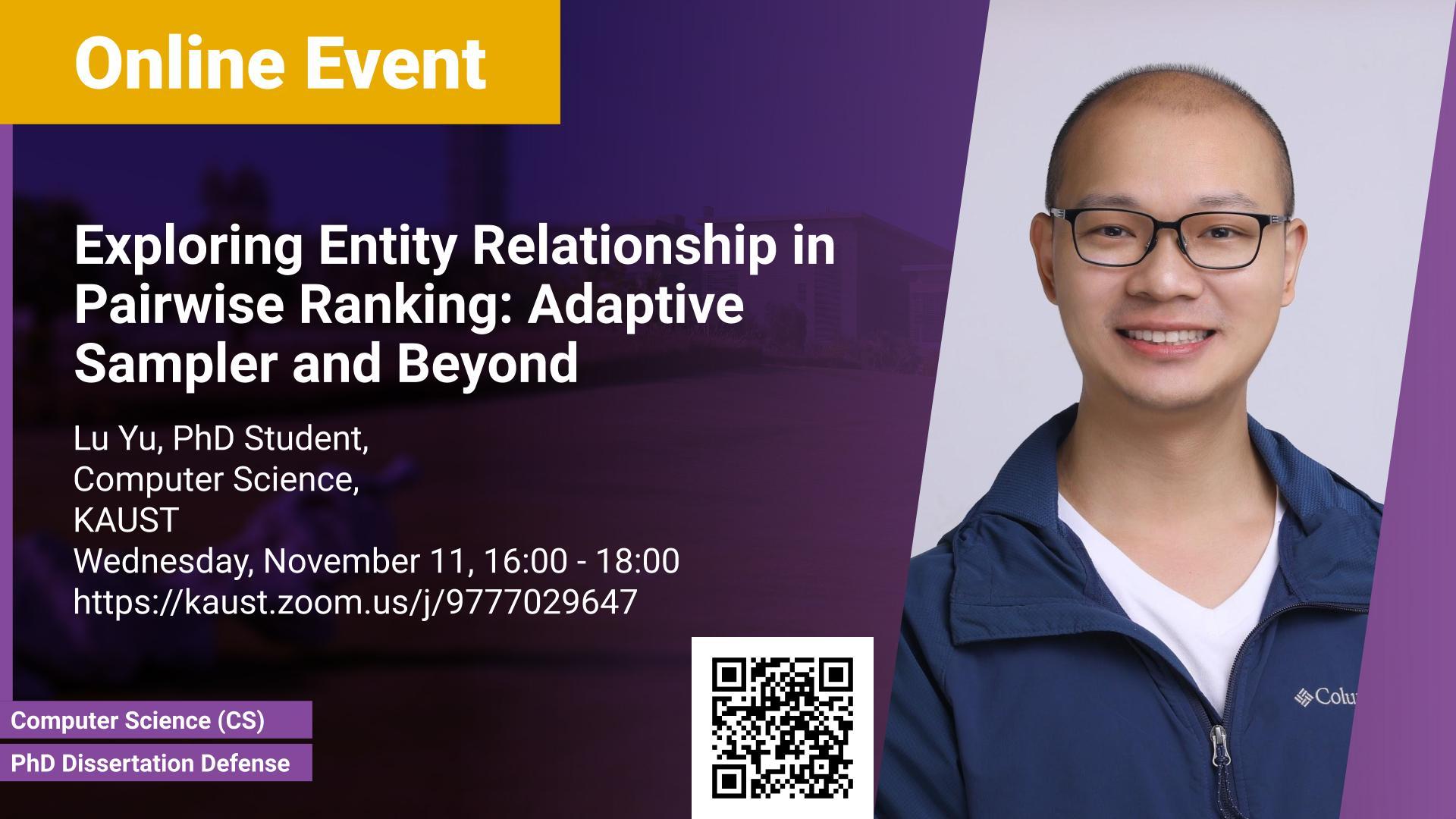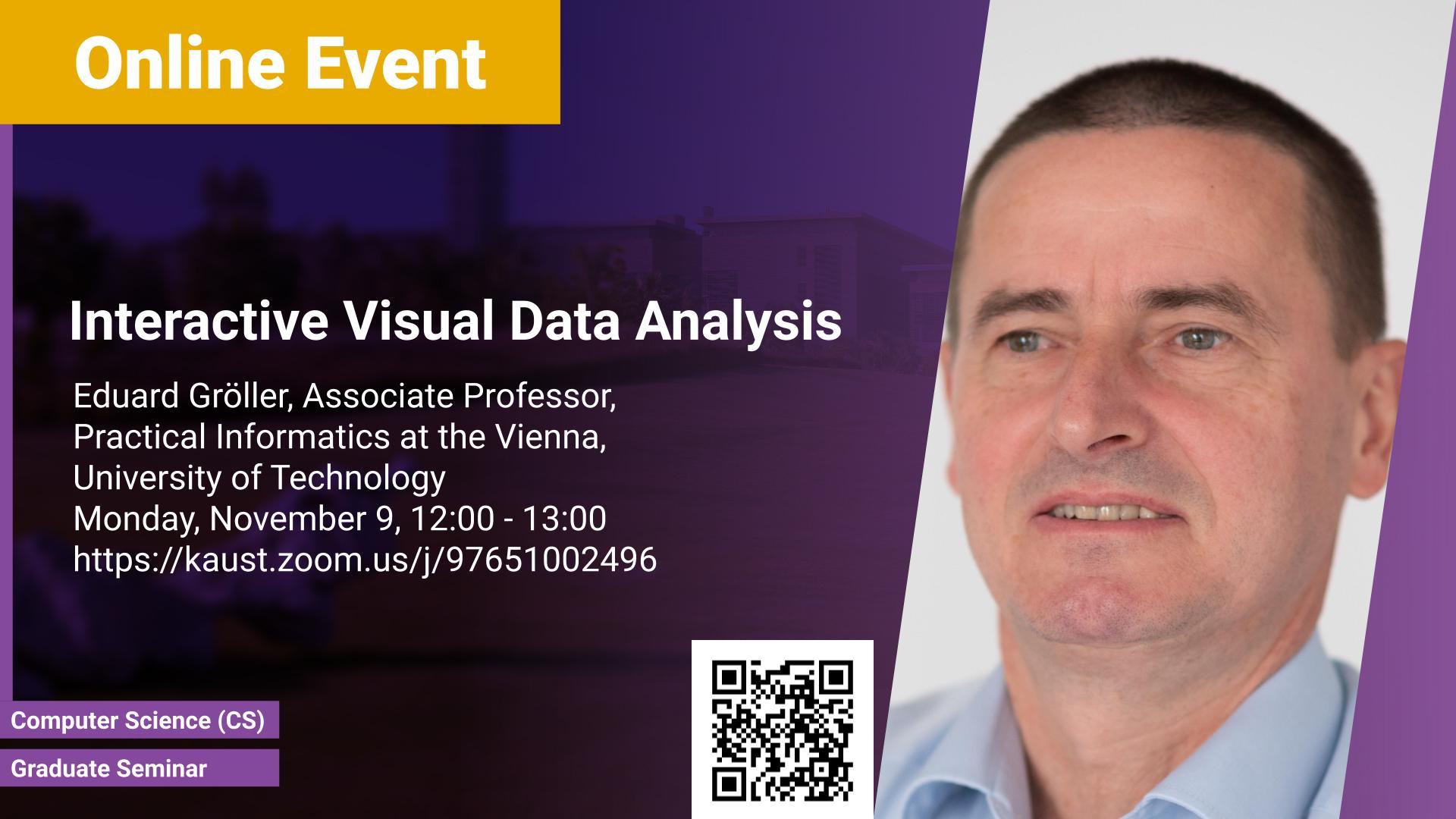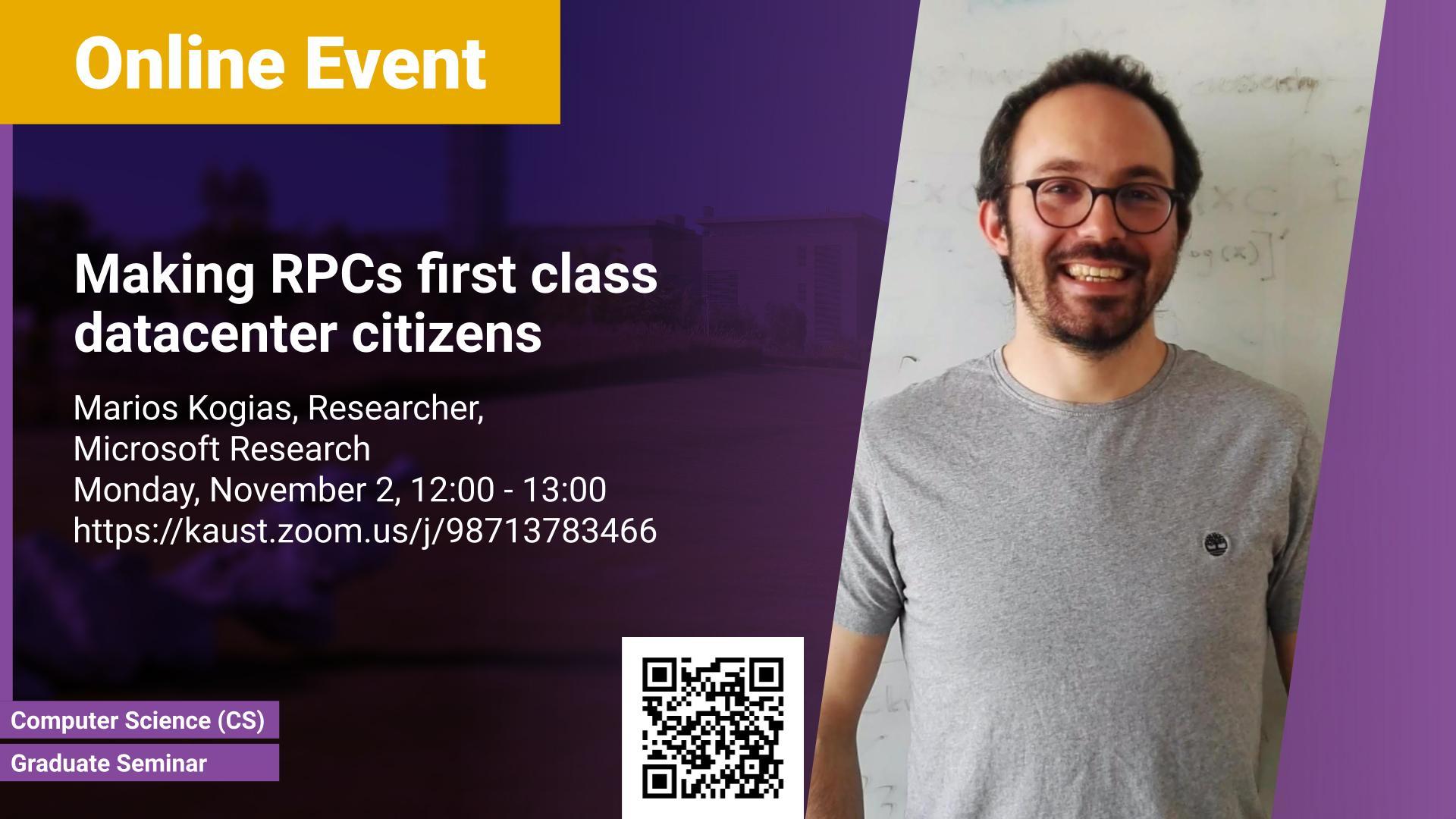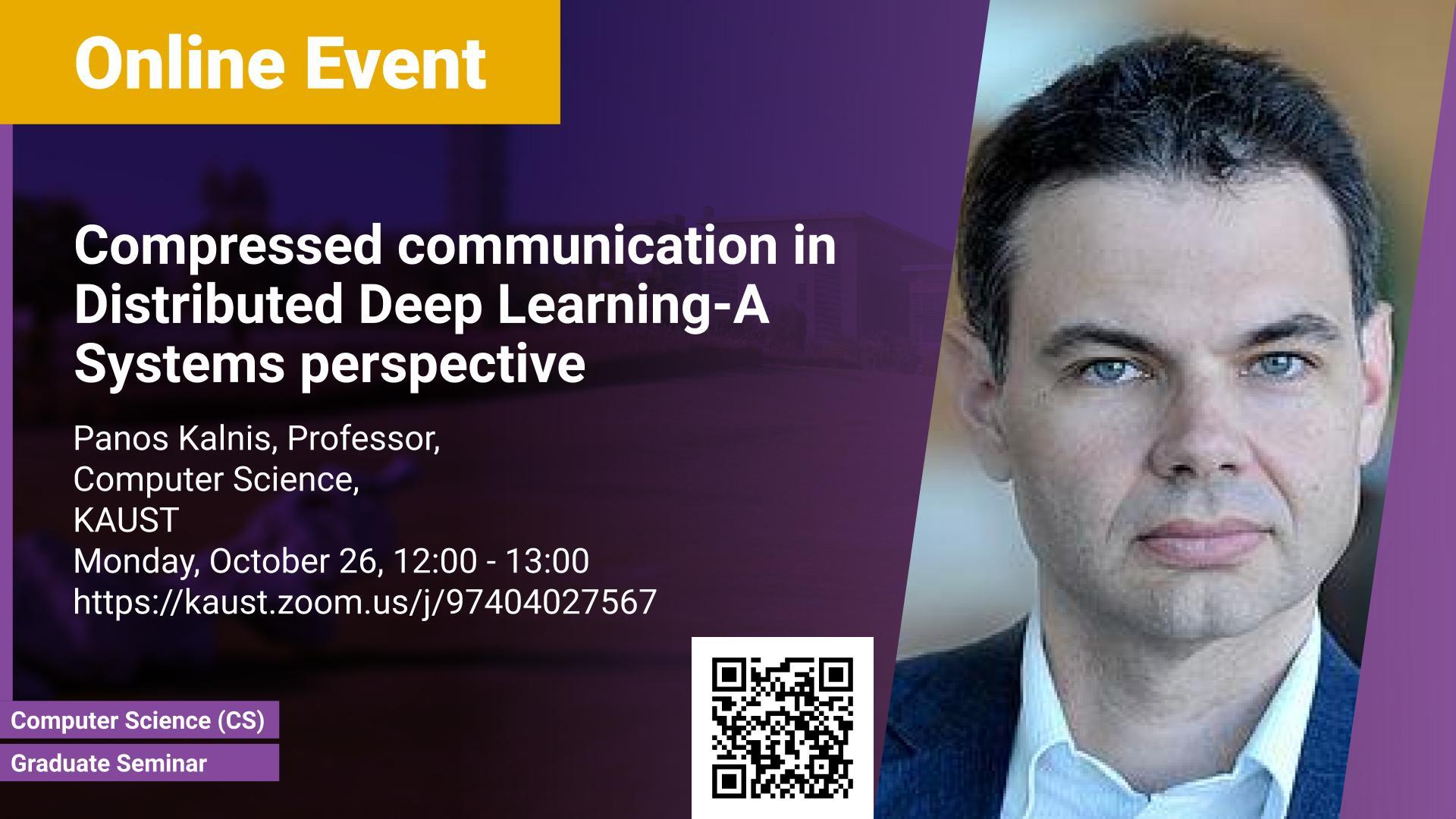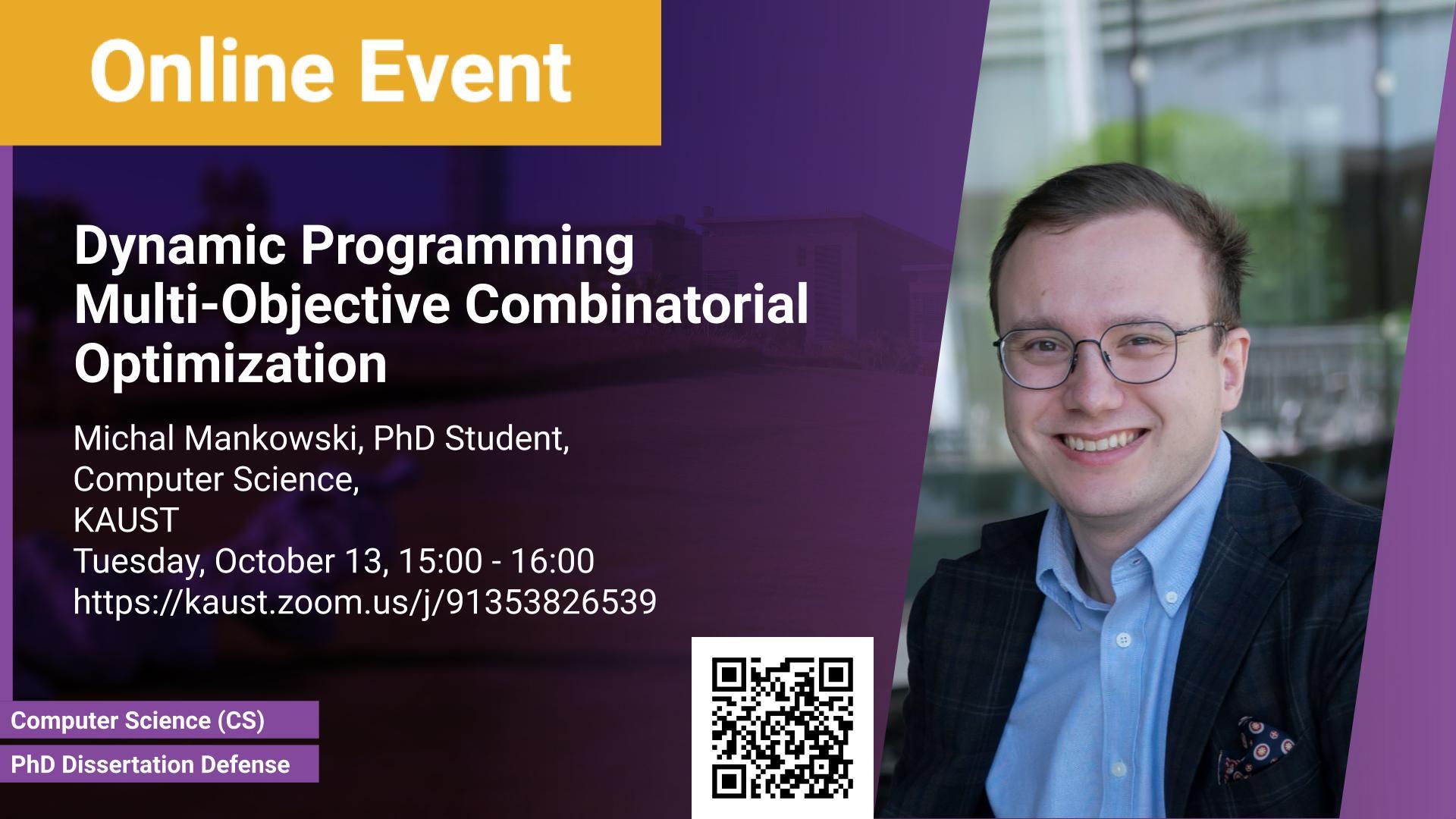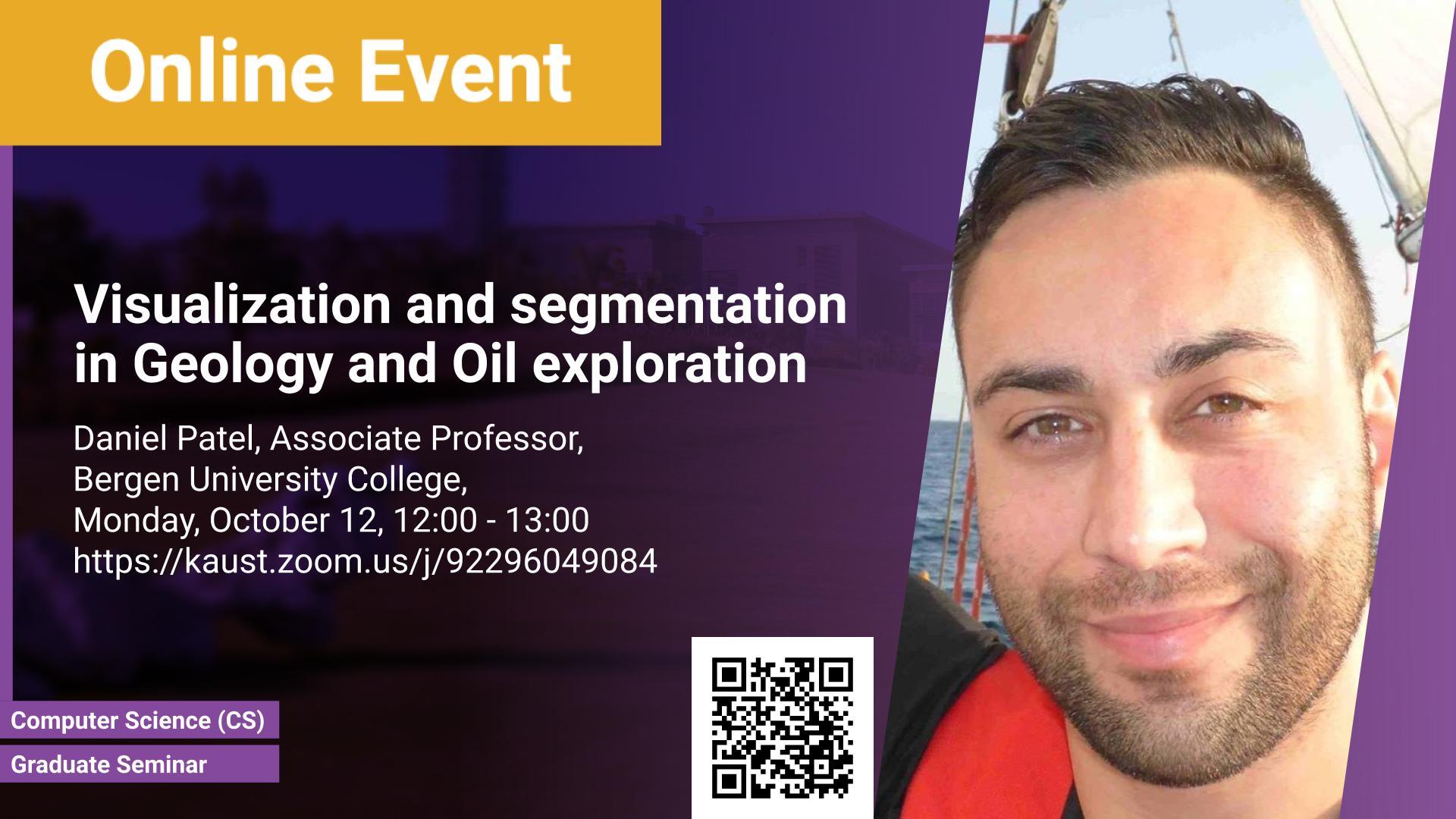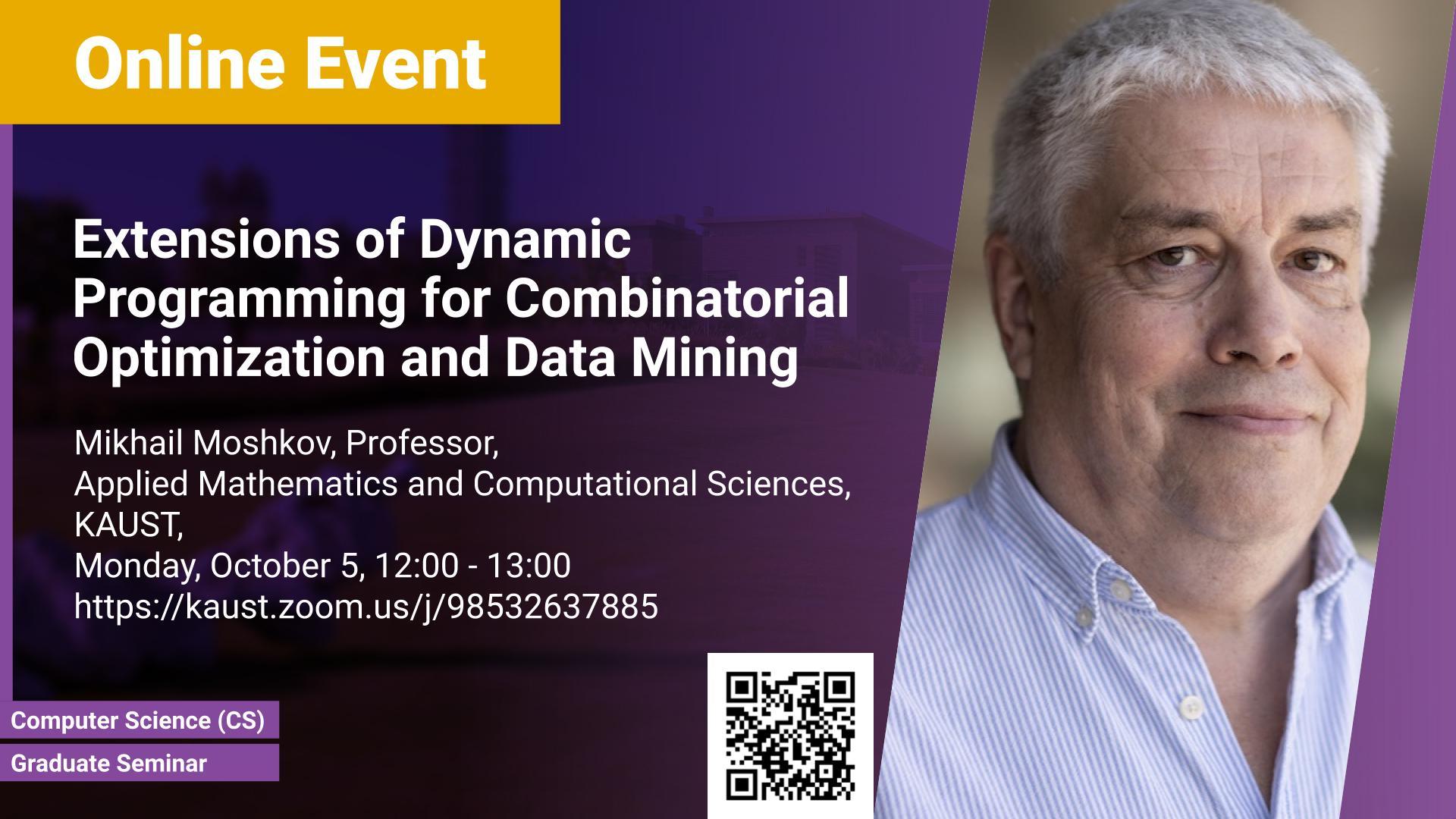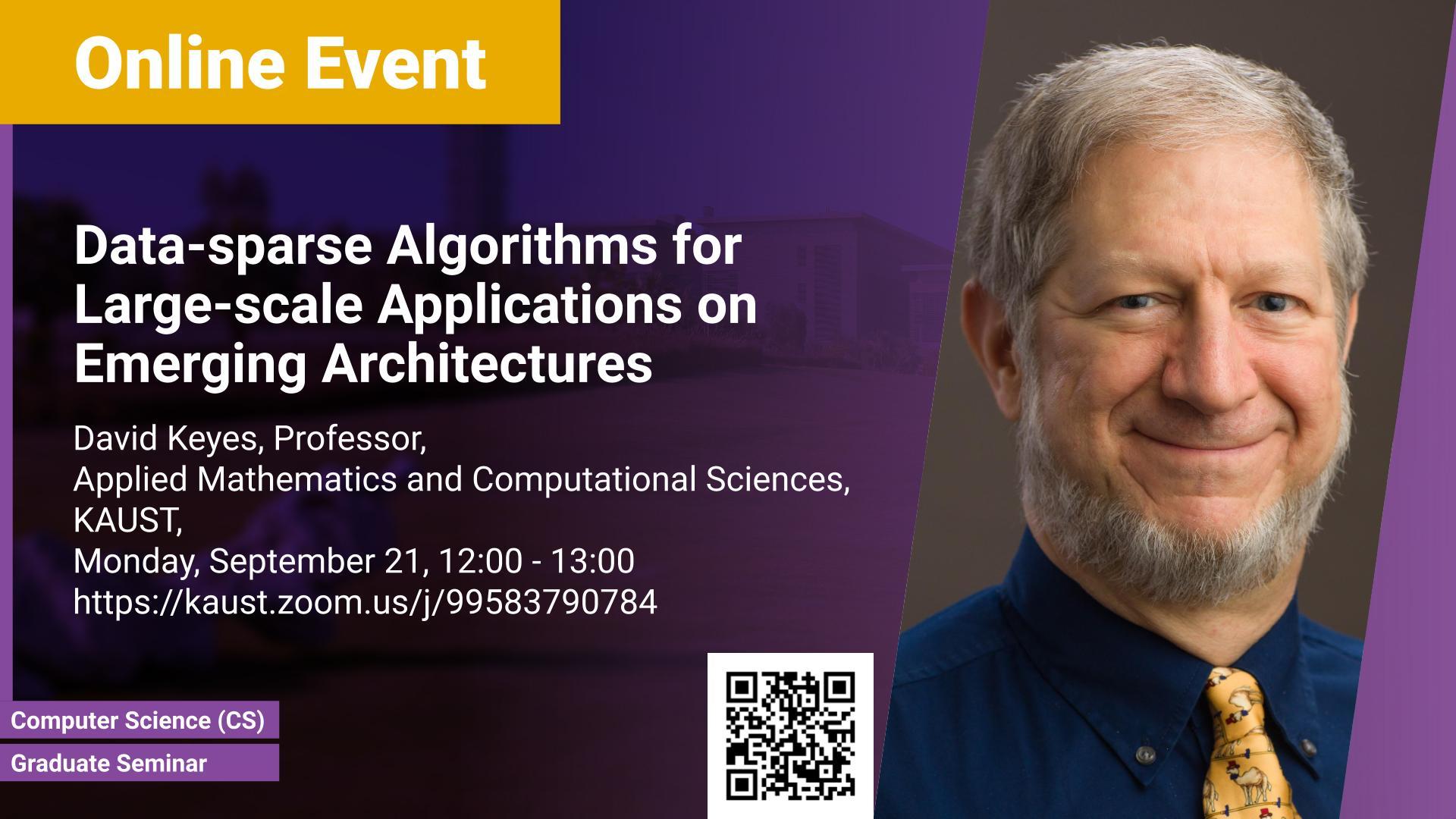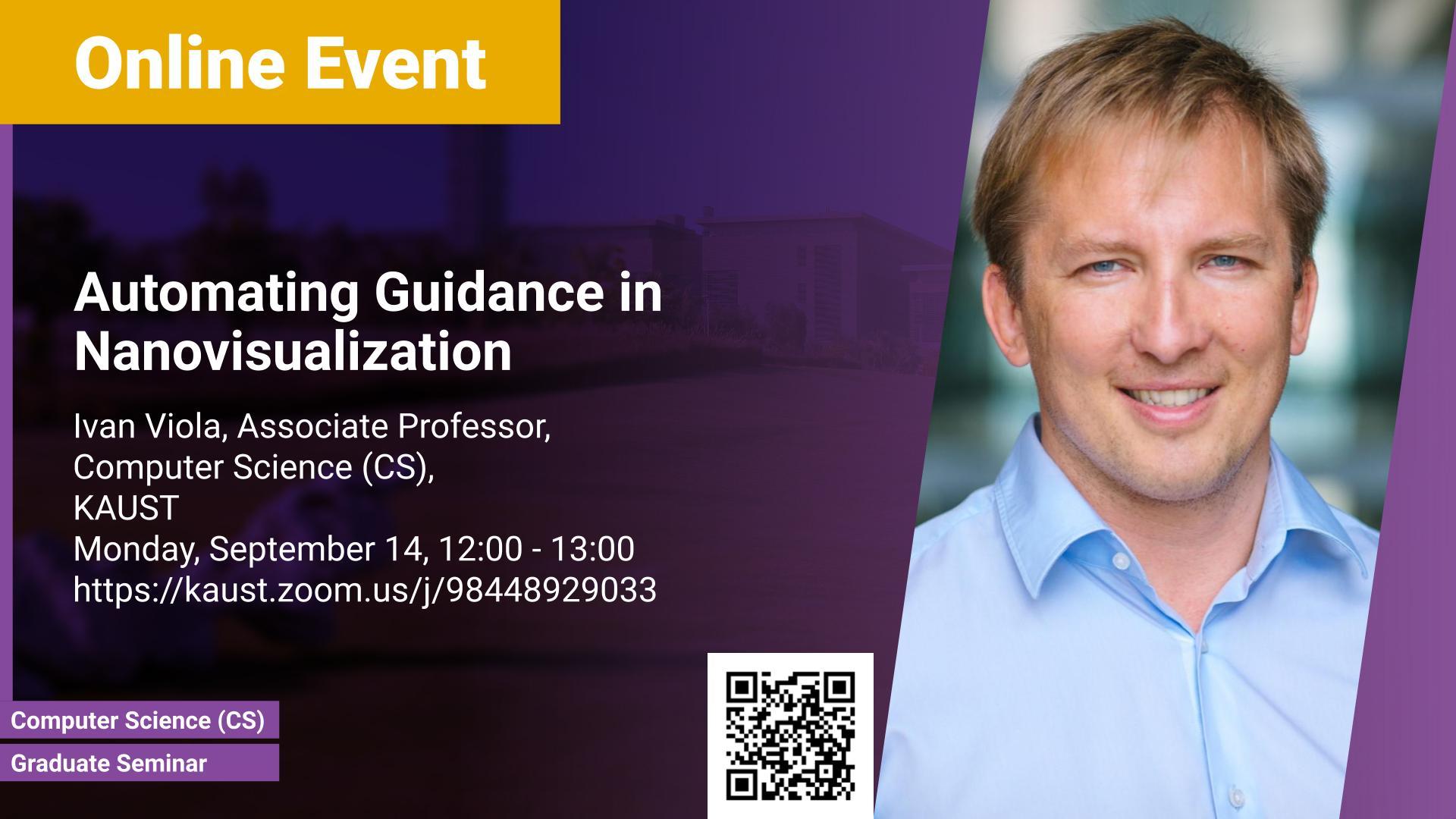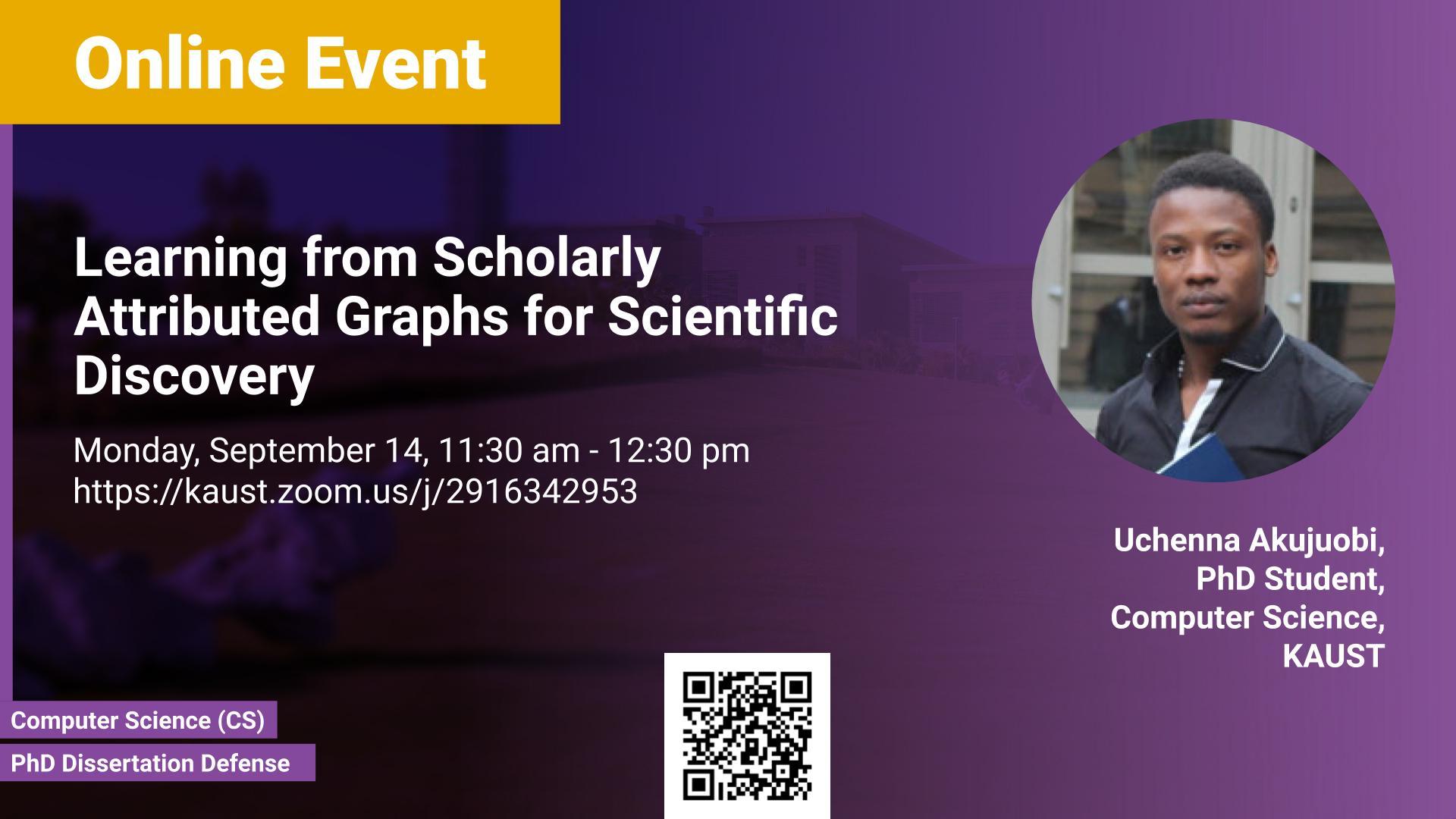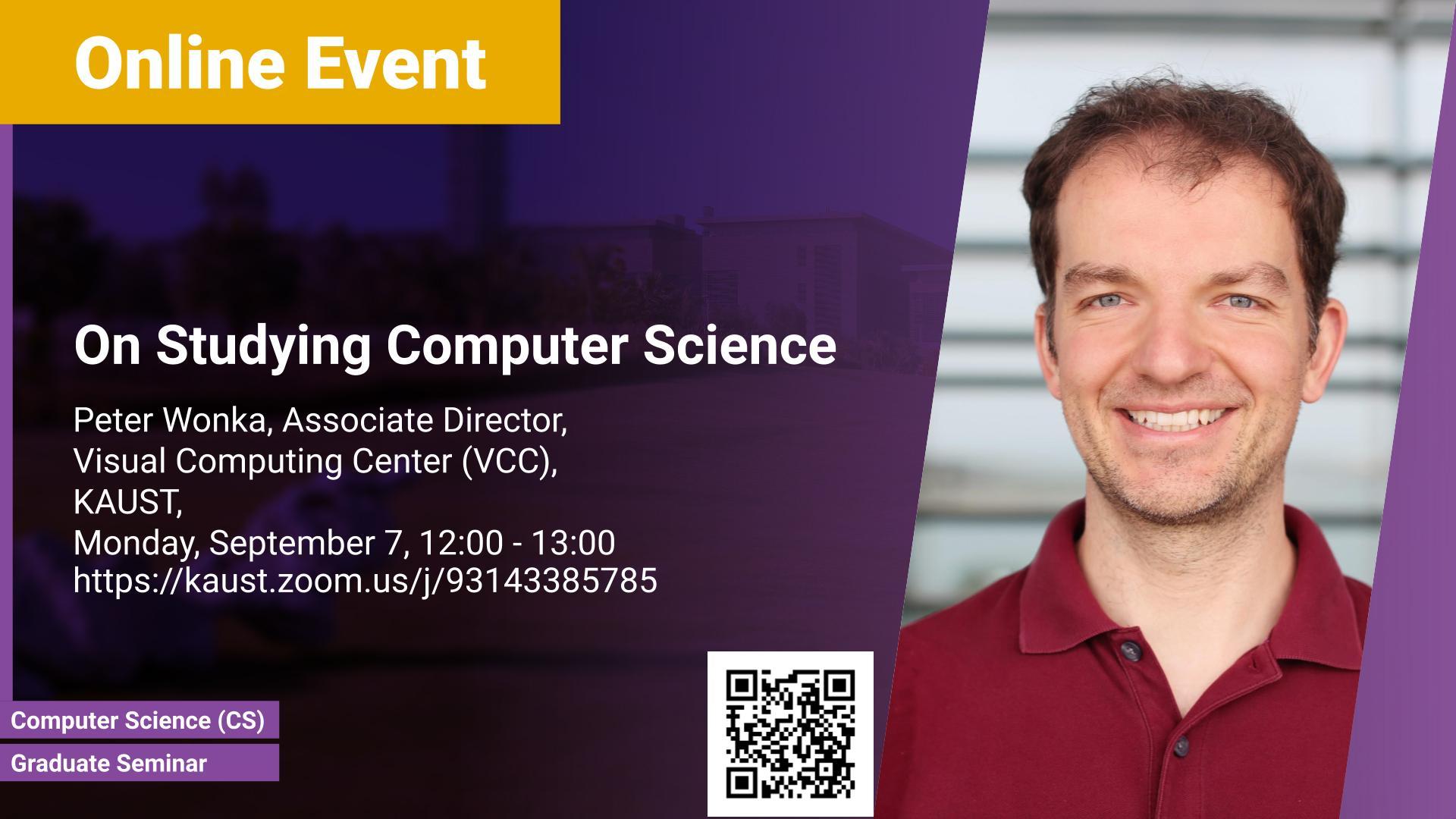Marios Kogias, Researcher, Computer Science, Microsoft Research, Cambridge
Sunday, January 24, 2021, 10:00
- 11:00
KAUST
In the first part of the talk, I will focus on ZygOS[SOSP 2017], a system optimized for μs-scale, in-memory computing on multicore servers. ZygOS implements a work-conserving scheduler within a specialized operating system designed for high request rates and a large number of network connections. ZygOS revealed the challenges associated with serving remote procedure calls (RPCs) on top of a byte-stream oriented protocol, such as TCP. In the second part of the talk, I will present R2P2[ATC 2019]. R2P2 is a transport protocol specifically designed for datacenter RPCs, that exposes the RPC abstraction to the endpoints and the network, making RPCs first-class datacenter citizens. R2P2 enables pushing functionality, such as scheduling, fault-tolerance, and tail-tolerance, inside the transport protocol, making it application-agnostic. I will show how using R2P2 allowed us to offload RPC scheduling to programmable switches that can schedule requests directly on individual cores.
